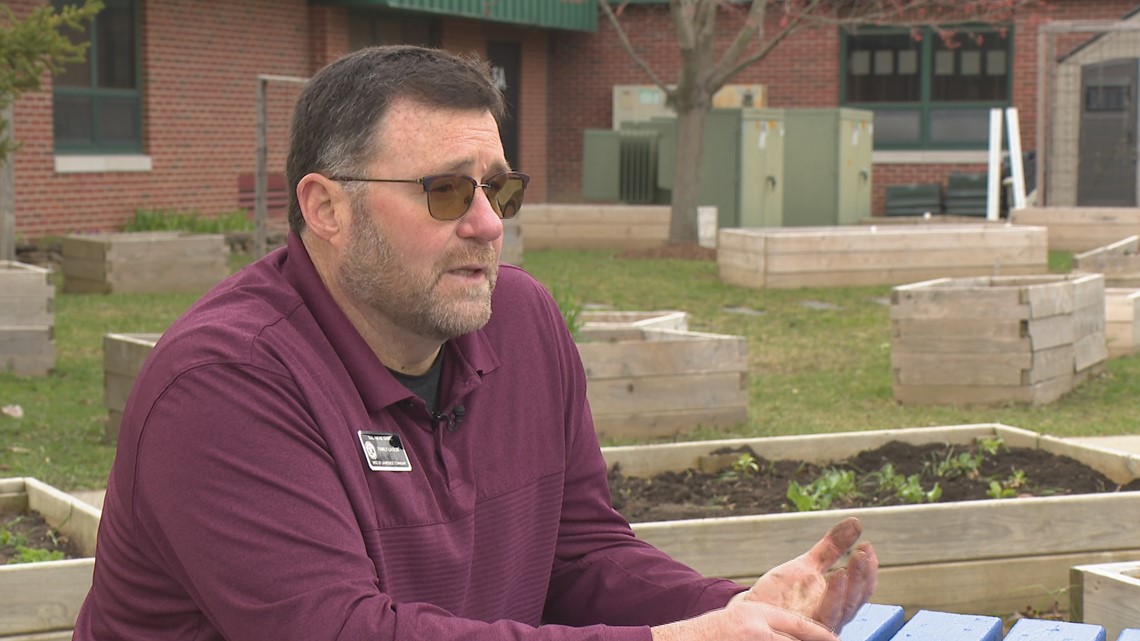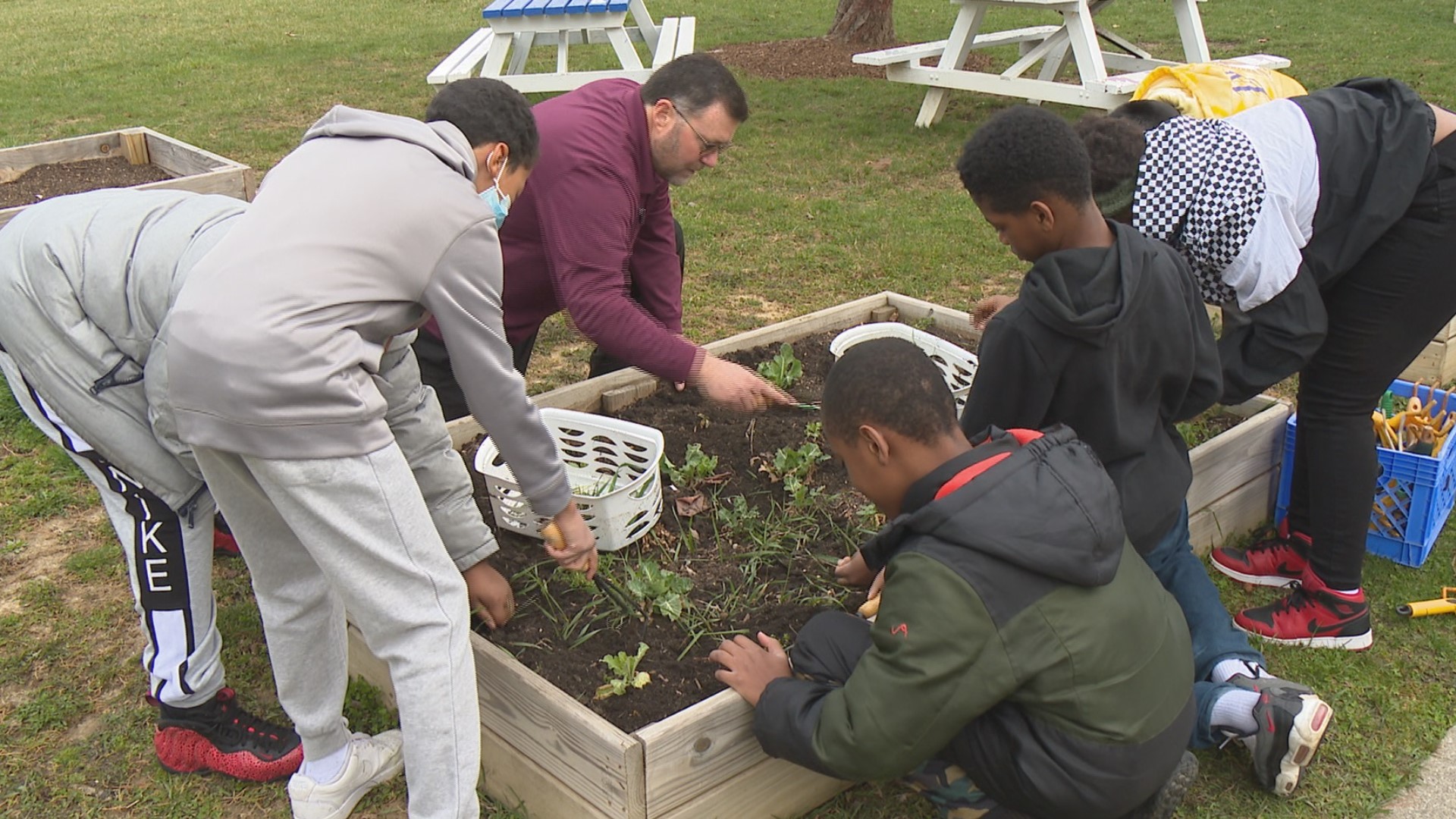INDIANAPOLIS — This is the story of one of the richest people in the world and some of the poorest in our community. In March of this year MacKenzie Scott — author, philanthropist, and ex-wife of Amazon-founder Jeff Bezos — gave $800,000 to Communities in Schools Indiana.
Scott, who has an estimated worth of $45 billion, has pledged to give away the vast majority of her money. Her gift to Communities in Schools Indiana was part of her latest round of giving. Some of the gifts go to national organizations, others to smaller regional ones. Each is researched deeply, and they aren't allowed to speak much about the process. But after thorough vetting, Scott chose Communities in Schools Indiana.
The goal of Communities in Schools of Indiana is straight-forward but anything but simple — meet the needs of students so teachers can focus on teaching and students can focus on learning. Many students come to school without food, or a winter coat, or shoes that keep their feet warm. Some don't know where they will sleep after class. It's hard to pay attention in class when you're cold, hungry, or homeless, much less all three. That's where Communities in Schools Indiana steps in.
Neal Gore is the Communities in Schools liaison for Harrison Hill Elementary in Lawrence. Almost 86% of the students at Harrison Hill qualify for free or reduced-price lunches. But the needs go beyond just food, and Gore tries to meet them. It started with Family Engagement Nights like community basketball or karate lessons, but it grew.
Now Harrison Hill has a dentist office, so kids who may not be able to get regular checkups can get dental care. If they need glasses, Gore connects them to businesses and organizations to get them at no cost or at a reduced price. He partners with Chef Susan Catering to get hot meals to families, Laundry & More to help parents have clean clothes, Lamb's Wear to make sure kids have enough clothes, and both Rack Room Shoes and Shoe Closet work with him to make sure the kids have shoes.
"To bring all these people together is just a beautiful example of strengthening community," Gore said.


During the pandemic, when kids couldn't come to school, Gore went to them. He delivered meals and helped families facing unemployment and eviction get housing. When a woman's tire went flat, preventing her from getting her kids to school and herself to her job, Gore drove out there and replaced the tire himself.
Since he started the job almost eight years ago, Gore has helped some 2,000 kids at Harrison Hill. And the only expense for Communities in Schools of Indiana, is his salary. The community schools model followed by Community Schools Indiana said you get $11 of value for every $1 you spend. But Jon Kuhn said you get a lot more than that.
Kuhn was a single father working as a waiter when he met Gore and the Communities in Schools programs. It started with basketball. And then it was meals. But more than just food, or after school activities, Kuhn said Gore's work gives people a sense of dignity and inspiration. Kuhn went on to quit his job as a waiter to become a successful videographer. Gore was one of his first subjects.
"He gave me a place to get my chops with my camera, meals at a time when we weren't destitute, but a meal was huge," Kuhn said. "He's watched my family grow and, man, I can never thank him enough."
NOTE: You can see Jon's documentary here — viewer discretion is advised.
Communities in Schools Indiana said, so far, kids who have participated in its program have a 100% graduation rate. The state average is 86%.
Maybe that's why MacKenzie Scott decided to give the organization its largest donation ever. Now they need to decide what to do with the $800,000.
The board of directors is made up of the superintendents of the school districts where they do their work.
They are weighing their options: whether to expand programs, which ones to expand, and where. They say they are taking their time to make sure the money is invested wisely. But Gore said you don't need to wait for Communities in Schools to come to your neighborhood,
"Anyone who lives in a community can do something to help that community," Gore said.
He said if you see a need at a local school, and you can meet it, all you have to do is offer. The impact will go beyond dollars and graduation rates. You'll change lives.


